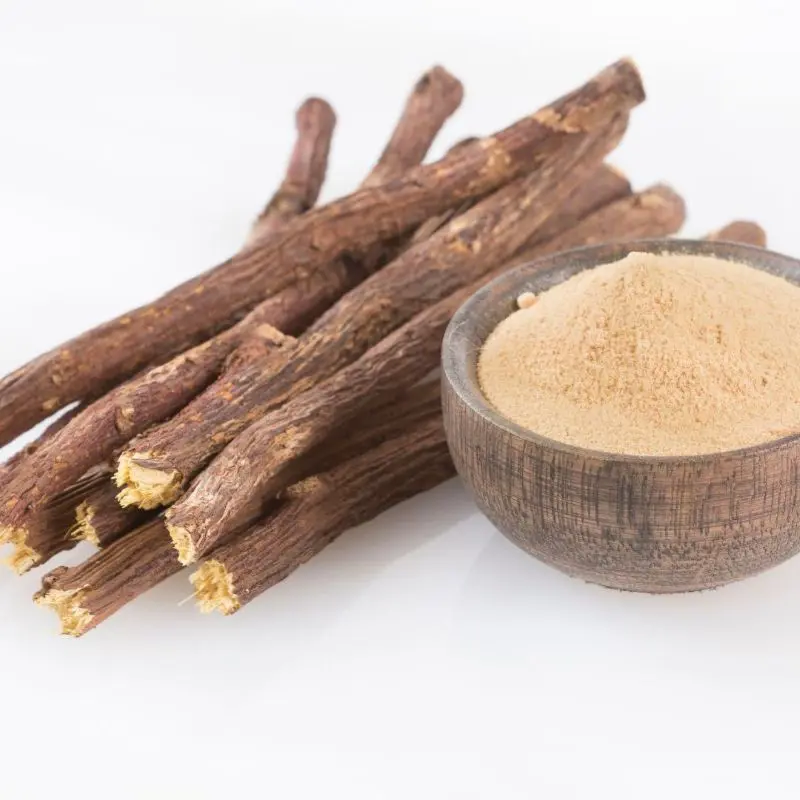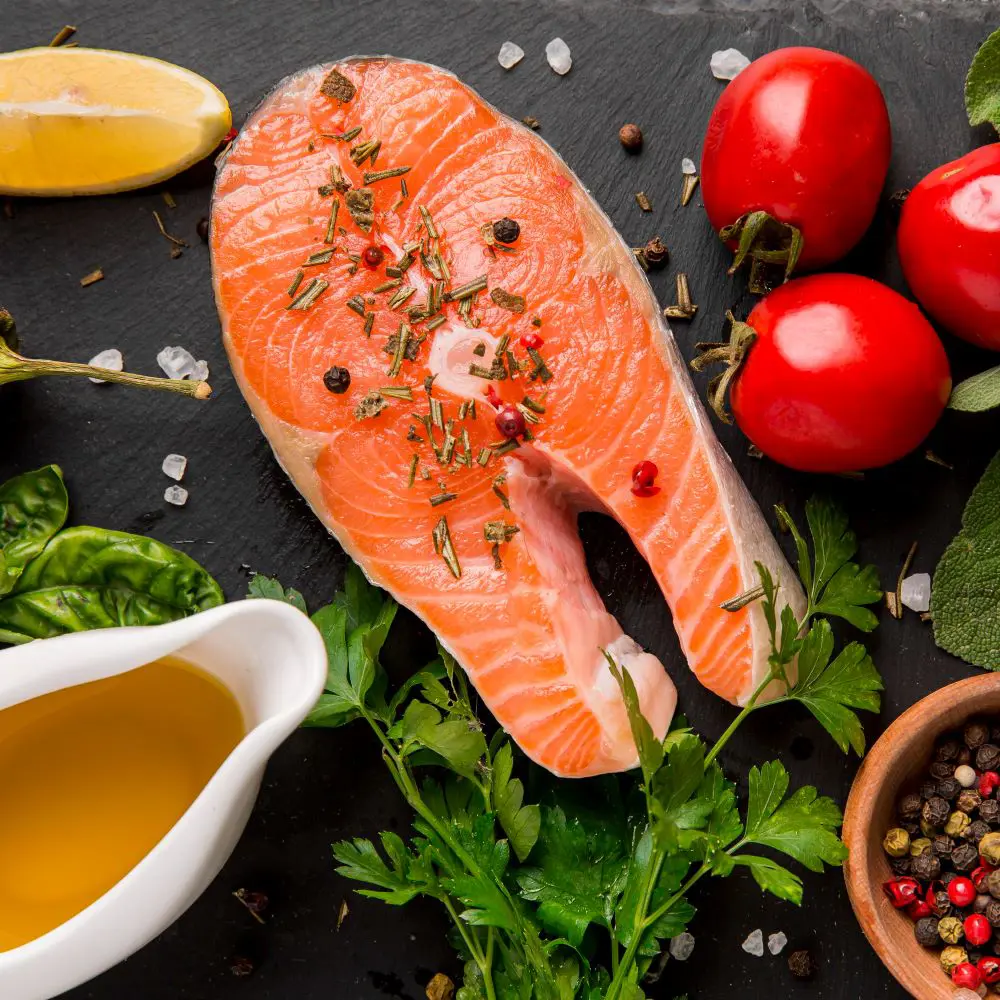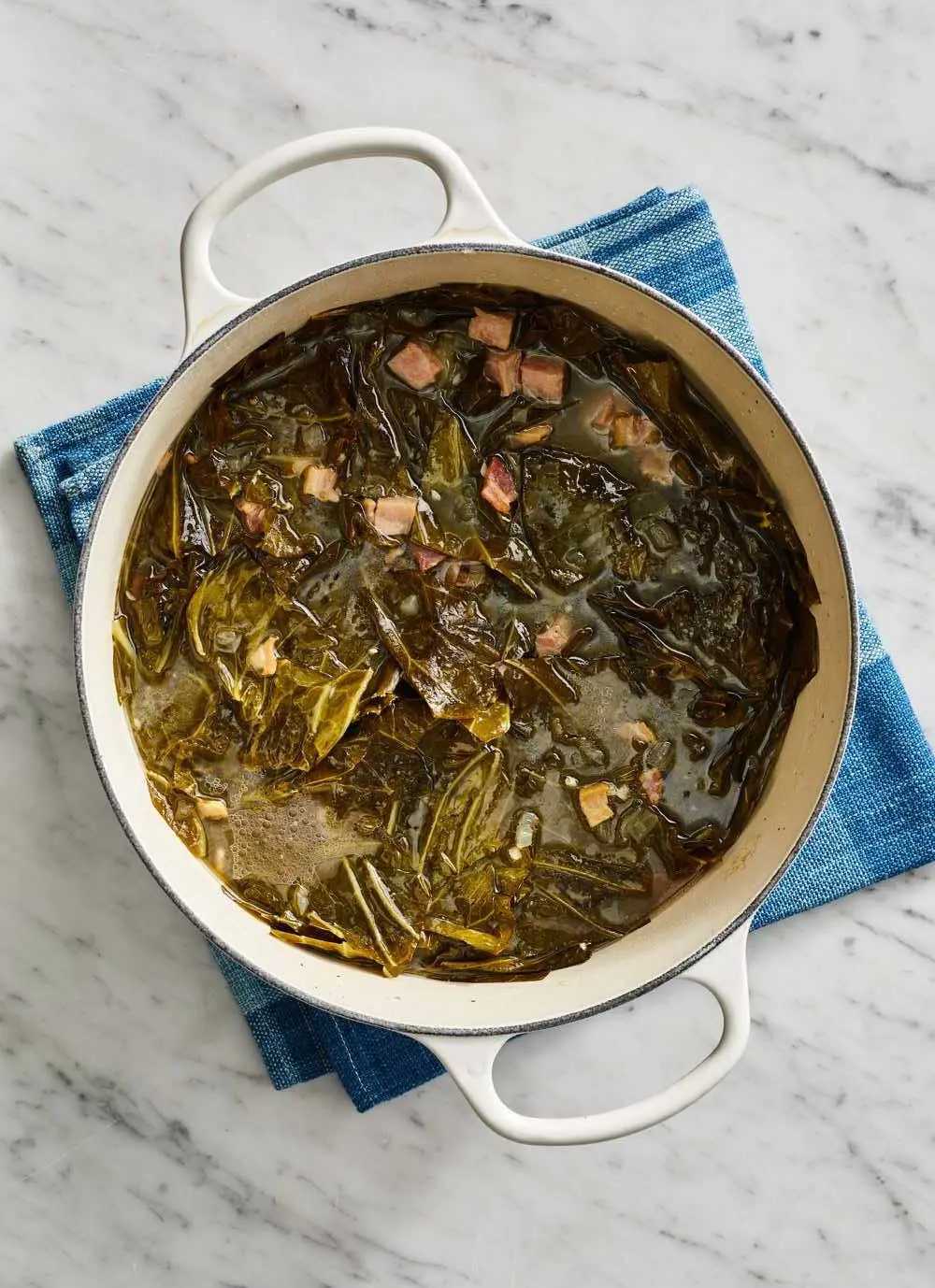15 Wheatgrass Benefits and Nutrition Facts
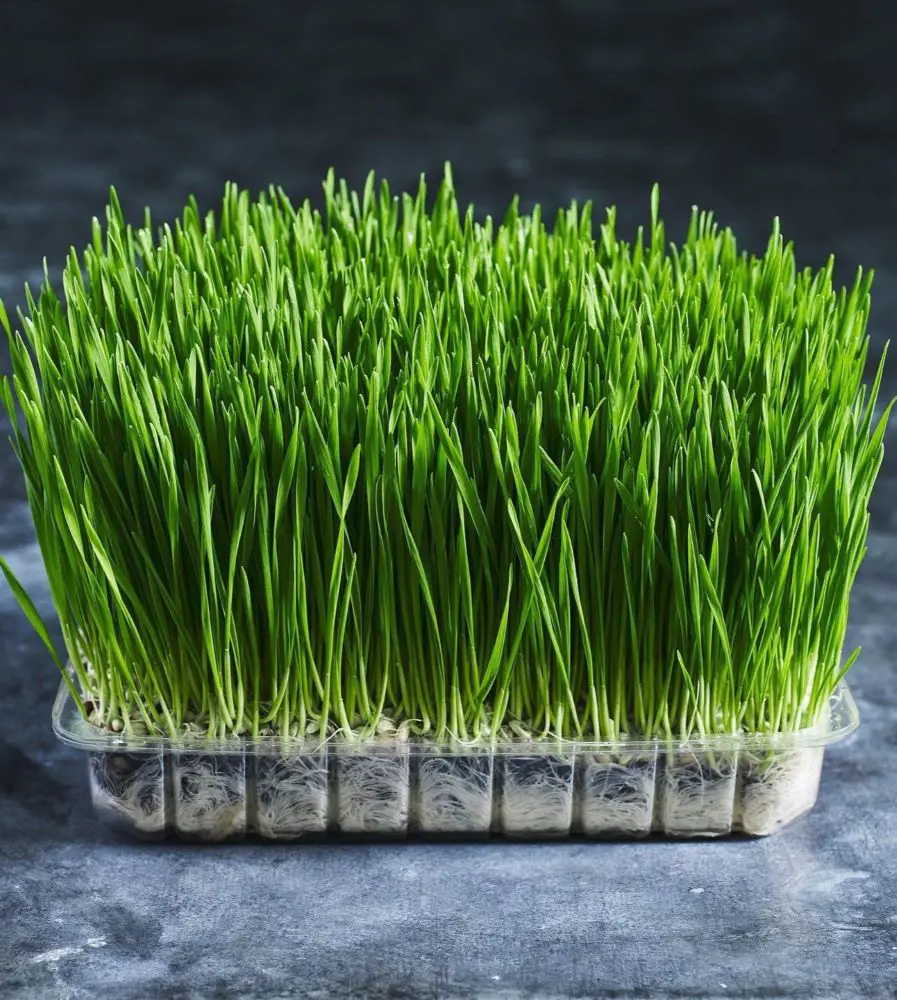
Wheatgrass, the young grass of the wheat plant, is highly nutritious and popular for its health benefits. It's rich in vitamins, minerals, antioxidants, and chlorophyll, and is usually consumed as juice or powder to improve health.
This piece examines important wheatgrass, showing why it's a great addition to your diet. The benefits of wheatgrass help detoxify, boost immunity, and offer many other health advantages.
What is Wheatgrass?
Wheatgrass is the young grass of the common wheat plant, harvested before it forms wheat seeds, so it's gluten-free. It's called "green blood" because of its high chlorophyll content, giving it a bright green color.
This grass is thick, dry, and bright green. It has a mild, earthy taste with a slightly sweet flavor. The juice is often taken on an empty stomach to quickly enter the bloodstream, giving a natural glow to the skin and providing instant energy. The recommended daily intake is 30–110 ml of juice or 2-3 grams of powder.
Below, we have combined the 15 advantages of wheatgrass juice:
1. Protect the Body Against Harmful Toxins
The chlorophyll in wheatgrass helps remove toxins and supports liver health, which helps the body get rid of impurities and stored toxins, leading to more energy and better overall health.
Shot of wheatgrass benefits delivers rich antioxidants that protect cells from damage caused by harmful free radicals. These antioxidants help fight free radicals and prevent various diseases and infections.
Moreover, the chlorophyll in wheatgrass has been shown to have antibacterial properties, which can help protect against harmful bacterial infections.
2. Good for Digestion
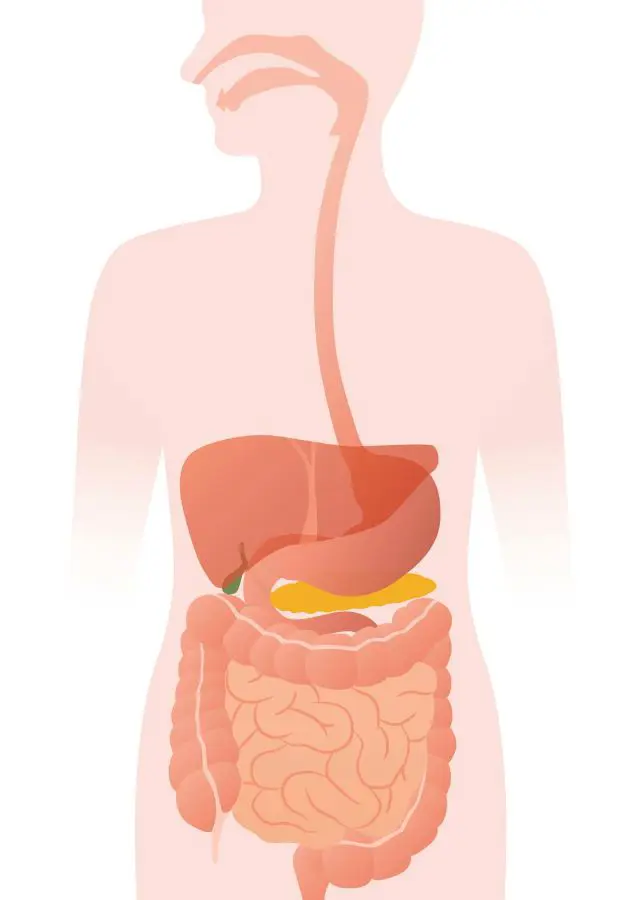
Wheatgrass advantages digestion due to its high enzyme content, which helps break down food and absorb nutrients. Its chlorophyll aids in removing toxins and supports liver health, enhancing digestion and nutrient absorption.
The detoxifying properties of this grass also cleanse the intestines, reducing gas, bloating, and abdominal discomfort, and may help with constipation and irritable bowel syndrome.
3. Boosts Immunity
Antioxidants in wheatgrass, like vitamins A, C, E, and K, and various phytochemicals, help protect cells from free radical damage, reducing oxidative stress and inflammation that can harm the immune system. Compounds in wheatgrass, such as oligosaccharides, can activate and regulate immune cells like T cells, natural killer (NK) cells, and monocytes, boosting the body's immune response.
The benefits of wheatgrass juice consumption are linked to higher white blood cells, monocytes, and lymphocytes and increased production of the anti-inflammatory cytokine IL-10. This indicates that wheatgrass can strengthen the immune system.
4. Helps Produce Red Blood Cell
Wheatgrass shots benefits support the production and function of red blood cells. The high chlorophyll content in wheatgrass helps boost the production of red blood cells and hemoglobin.
Chlorophyll is similar to hemoglobin in structure, and its presence can encourage hemoglobin production, which carries oxygen in the body.
The iron and other minerals in wheatgrass also support red blood cell production by aiding in hemoglobin synthesis. Additionally, the antioxidants and bioactive compounds in wheatgrass reduce oxidative stress and inflammation, further promoting the health and function of red blood cells.
5. Stabilizes Blood Sugar

Wheatgrass is high in fiber, which helps maintain blood sugar levels. Wheatgrass aids in diabetes management by boosting insulin secretion from the pancreas.
Its juice can lower HbA1C levels and increase normal hemoglobin levels, helping to prevent complications like diabetic retinopathy and neuropathy.
To get this benefit of wheatgrass juice, it's recommended to drink the juice on an empty stomach every morning. To make the juice, wash and grind seven-day-old wheatgrass with water, then strain it through a muslin cloth.
6. Contains Cholesterol-Lowering Properties
Wheatgrass's ability to lower cholesterol may be due to its antioxidants, which fight oxidative stress and inflammation, both linked to high cholesterol. Its fiber and nutrients might also help improve lipid profiles.
Those with high LDL cholesterol, triglycerides, or dyslipidemia (like metabolic syndrome or type 2 diabetes) could benefit from these advantages of wheatgrass juice. Adding wheatgrass to the diet, through juices or supplements, along with a balanced lifestyle, may support heart health by managing cholesterol levels.
7. May Lower the Risk of Alzheimers Disease
Wheatgrass has neuroprotective effects, potentially improving cognitive function and aiding in Alzheimer's disease treatment. Wheatgrass extract can reduce oxidative stress and inflammation caused by Alzheimer's markers.
Its antioxidants and anti-inflammatory properties may enhance brain defense against Alzheimer's-related factors. Moreover, wheatgrass nutrients like chlorophyll, vitamins, and minerals support brain health. Its detoxifying effects may also remove harmful toxins, further boosting neuroprotection.
8. Aids in Detoxification

Wheatgrass aids in detoxification through several mechanisms, such as its high chlorophyll content, and antioxidants like vitamins A, C, E, and glutathione. For the best detox benefits, it's advised to have wheatgrass juice on an empty stomach, either first thing in the morning or a few hours after eating.
Start with a small amount, like 1-2 ounces, and gradually increase to 4 ounces as you get used to it. Having wheatgrass juice daily or every other day helps keep your detox process healthy and supports your overall well-being.
However, some people might feel a bit queasy or have tummy troubles, especially when they first start taking it. If this happens, you can lower the amount you're having, stop using it, and talk to a doctor.
9. Revitalizes the Skin
This detoxifying quality of wheatgrass extends to the skin, where the presence of chlorophyll and antioxidants helps eliminate toxins responsible for skin issues like acne, eczema, and premature aging. Additionally, wheatgrass possesses anti-inflammatory properties that can alleviate and soothe irritated skin.
Apart from internal consumption, wheatgrass offers skin benefits when applied topically. Directly applying wheatgrass juice or extracts to the skin can combat acne-causing bacteria, stimulate skin cell regeneration, and accelerate healing after sun exposure.
10. May Reduce Side Effects of Chemotherapy
Wheatgrass is believed to alleviate chemotherapy side effects through its antioxidant and anti-inflammatory properties. Its rich content of chlorophyll, vitamins, and other plant compounds can shield healthy cells from chemotherapy drugs' harmful effects, which can harm both cancer and normal cells indiscriminately.
Moreover, wheatgrass might enhance the immune system by promoting the production of white blood cells, monocytes, and lymphocytes. This boost is especially valuable during chemotherapy when the treatment often weakens the immune system due to its myelosuppressive effects.
11. Prevents Kidney Stone
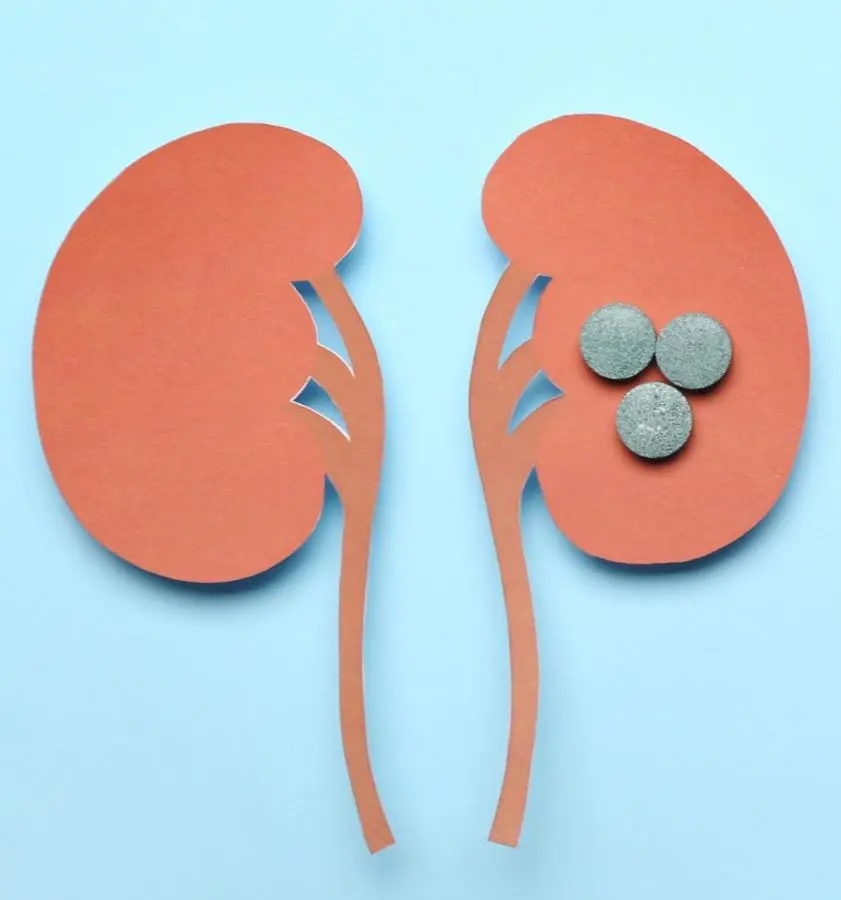
Wheatgrass is rich in magnesium, a mineral that can inhibit the formation of kidney stones. Magnesium helps prevent the crystallization of calcium and oxalate, two of the main components of kidney stones.
Its antioxidants, including vitamins and chlorophyll, protect the kidneys from damage and inflammation, lowering the risk of stone formation and promoting kidney health. Wheatgrass juice can also boost urine output, helping flush out small stones or crystals before they grow larger.
12. May Assist with Fertility
Wheatgrass can assist with fertility in both men and women. Wheatgrass contains alkaline nutrients that aid in balancing the body's pH levels, creating an environment conducive to fertility.
It is packed with chlorophyll, folic acid, and vitamins C and E, serving as antioxidants that shield against damage caused by free radicals. The abundant magnesium in wheatgrass may further support the production of enzymes crucial for restoring sex hormones, potentially improving fertility.
Combining wheatgrass with other fertility-enhancing foods like spirulina, spinach, and flaxseeds can provide an additional nutritional boost for reproductive health.
13. Help Treats Peptic Ulcers
Wheatgrass is thought to offer potential advantages in treating peptic ulcers. Its abundance of chlorophyll is believed to possess antibacterial qualities, potentially fighting off Helicobacter pylori, a bacterium associated with peptic ulcer development.
Furthermore, wheatgrass is recognized for its anti-inflammatory traits, which could alleviate inflammation in the stomach lining and facilitate ulcer healing.
Introducing wheatgrass juice or powder into your diet might assist in calming stomach ulcers, lessening symptoms such as pain and discomfort, and aiding the recovery process.
14. May Support Mental Performance

Regular consumption of wheatgrass may positively impact mental health and cognitive function. Its rich vitamin B complex may aid in anxiety management and enhance overall mental well-being. Additionally, the anti-inflammatory properties of wheatgrass could potentially benefit memory, brain function, and hand-eye coordination.
Furthermore, the antioxidants present in wheatgrass, such as vitamins C and E, play a crucial role in protecting brain cells from oxidative damage caused by free radicals. Moreover, wheatgrass is a valuable source of magnesium, which is essential for proper brain development and function.
15. Helps with Weight Loss
Wheatgrass may support weight loss by stimulating the thyroid gland, increasing metabolism, and supplying essential nutrients that help curb food cravings. Its low-calorie content and filling nature suggest it could be beneficial for weight management.
Furthermore, wheatgrass contains alkaline minerals that offer relief from ulcers, constipation, and diarrhea, which may indirectly aid in weight loss. Pairing wheatgrass with other weight loss-friendly foods and drinks like green tea, lemon, spinach, and ginger can amplify its effects.
Nutritional Value of Wheatgrass
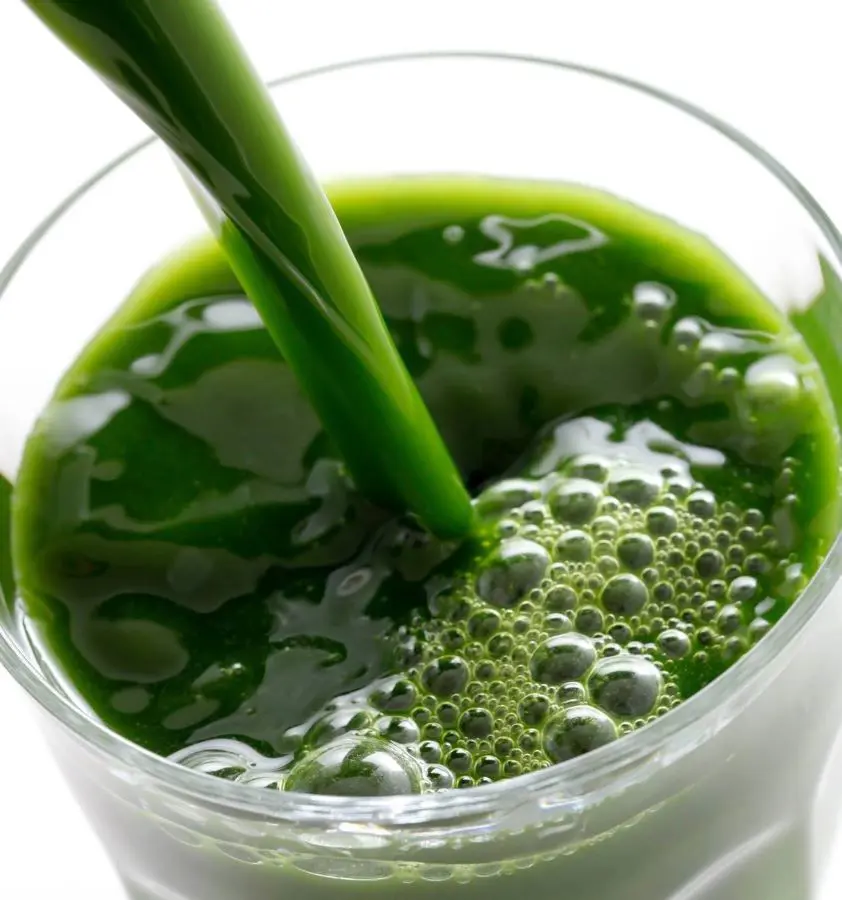
The combination of chlorophyll, vitamins, minerals, amino acids, and enzymes is what gives wheatgrass (Triticum aestivum) its reputation as a highly nutritious and "green blood" superfood.
The following nutrient-dense profile is why wheatgrass is often touted for its potential health benefits, such as supporting the immune system, reducing inflammation, and promoting overall well-being.
According to the United States Department of Agriculture (USDA), 100 grams of organic wheatgrass powder contains:
- Calories: 312
- Protein: 12.5 G
- Fat: 0 g
- Carbs: 75 g
- Fiber: 50 g
- Sugar: 0 g
- Calcium: 300 mg
- Iron: 12.5 mg
- Vitamin K: 1080 mg
Possible Side Effects
Wheatgrass can have potential side effects, especially if consumed in excess or without proper precautions. Here are some potential side effects of wheatgrass:
- Digestive problems: Wheatgrass might lead to digestive issues like bloating, gas, stomach pain, diarrhea, or tiredness, particularly in those with gluten sensitivity or celiac disease.
- Allergic reactions: Some people might have allergies to wheatgrass, causing upset stomachs, nausea, throat or lip swelling, rashes, or headaches.
- Contamination risks: Raw wheatgrass could carry bacteria, mold, or other harmful organisms from the soil, posing risks to pregnant women, young kids, or those with weakened immune systems.
For people with gluten sensitivity or celiac disease, opting for gluten-free wheatgrass is safer. Wash the wheatgrass thoroughly before consumption, and consider processing it to reduce the risk of contamination.
Starting with small doses (1-2 ounces) and gradually increasing intake. Lastly, drink plenty of water to aid digestion and prevent constipation.
Recent posts
Nutrition
Nutrition
Licorice Root: Benefits And Uses
You can spell it liquorice or licorice; this herb or root has been in use for centuries in most medicinal applications, as a natural sweetener and to enhance flavors. Regarding its origins, it comes from the root of the "Glycyrrhiza galbre" plant and...
Nutrition
Is Salmon Good For You? Nutritional Facts and Benefits
Salmon fish is a staple diet throughout the world, popular as a super food for its nutrients. Whether savored in sushi, poached, grilled, roasted, or pan-fried, salmon offers minerals and vitamins that contribute to healthy bodily functions. In addit...
Nutrition
25 Smoked Salmon Recipes That You Will Enjoy
Salmon is a silver-colored fish that is loaded with many nutrients, vitamins, and omega-3 fatty acids. Smoked Salmon is better for improving your health and reducing the risk of cancer, heart-related diseases, fights inflammation, reduces anxiety and...
Nutrition
Are Sausages Healthy? Nutrition And Health Benefits
Sausages are tasty in an addictive way, making them one of the most popular foods worldwide. You may have enjoyed this convenient food often, whether on a bun with mustard or grilled on a barbecue, the simple preparation methods are what makes its co...
Nutrition
20 Vegetables That Are Rich In Iron
Iron is essential for our bodies to function well. When we don't get enough iron, we often feel weak and tired. It's important to address iron deficiency early by eating the right foods. Fortunately, many vegetables are rich in iron and can help prev...
Nutrition
15 Cauliflower Nutrition Facts And Health Benefits
Cauliflower, a cruciferous vegetable, resembles a white variation of its relative, broccoli. Like broccoli, it has closely bunched florets attached to a thick core, often surrounded by a few leaves. While white is the most common color, cauliflower i...
